Calling all green thumbs and budding gardeners! Are you tired of battling pests, poor yields, and overcrowded plots? It’s time to unlock the secret power of companion planting. This ancient technique harnesses the magic of plant synergy to boost growth, deter critters, and maximize your garden real estate.
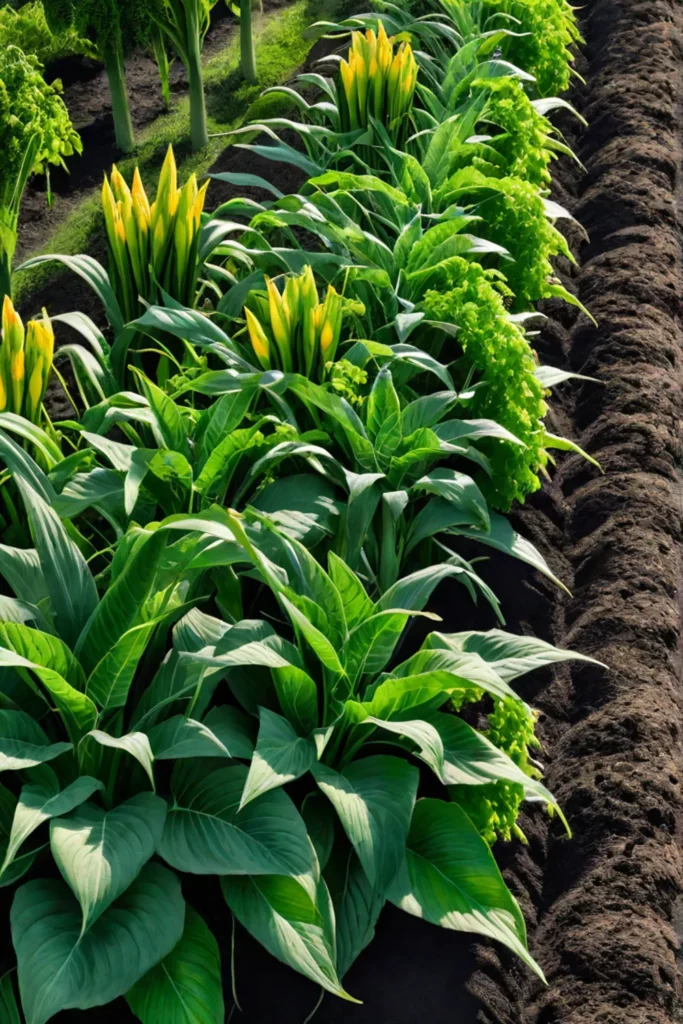
From the legendary Native American “Three Sisters” to modern-day pairings like tomatoes and basil, certain plants just thrive better together. By strategically combining the right buddies, you can create a lush, self-sustaining oasis that practically takes care of itself. So ditch the chemical warfare and let nature’s brilliant design do the heavy lifting for you!
Understanding the Magic of Companion Planting
Did you know that the secret to a flourishing garden could lie in the strategic pairing of certain plants? Companion planting is an age-old technique that harnesses the power of biodiversity to boost growth, deter pests, and maximize space. It’s an eco-friendly way to cultivate a lush, abundant harvest while letting nature do the heavy lifting.
A Tradition Rooted in Wisdom
While the practice may seem cutting-edge, companion planting has been around for centuries. Many indigenous cultures, like the Native Americans with their legendary “Three Sisters” planting of corn, beans, and squash, have long understood the symbiotic relationships between certain crops. By tapping into these ancient methods, we can bring renewed vitality to our modern gardens.
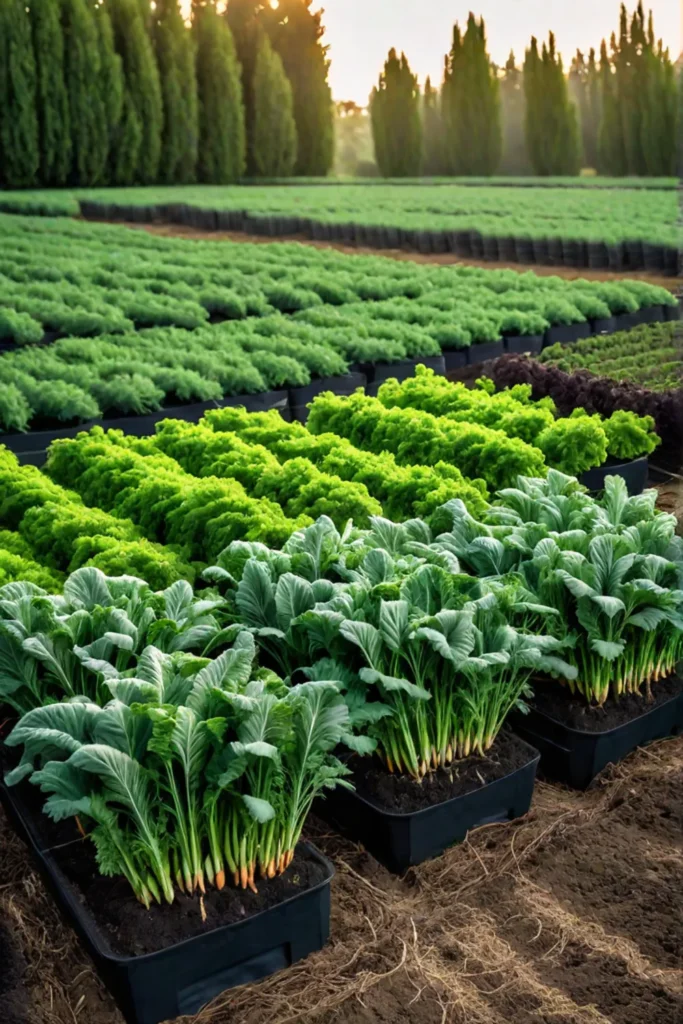
The Science Behind the Synergy
But companion planting isn’t just folklore—there’s solid science backing up the benefits. Specific plant pairings can enhance nutrient uptake, attract beneficial insects for natural pest control, and even boost pollination through strategic flower combinations. It’s an intricate web of relationships that, when balanced correctly, create a thriving ecosystem in your backyard oasis.
Start Simple, Grow Bountiful
If you’re new to the companion planting game, don’t fret—there are plenty of dynamic duos perfect for beginners. Tried-and-true combos like basil and tomatoes or lettuce and radishes make an excellent starting point. As you gain experience, you can experiment with more complex pairings tailored to the unique needs of your garden.
The key is understanding how different plants can complement each other’s growth habits, nutrient requirements, and pest deterrence properties. With a little research and an open mind, you’ll be well on your way to unlocking the full potential of your green space.

So why not ditch the chemical-laden pesticides and embrace a more holistic, sustainable approach? Companion planting is a surefire way to cultivate an enviable harvest while working in harmony with nature’s ingenious design.
In the next section, we’ll dive into seven powerhouse pairings that are perfect for taking your companion planting game to the next level.
Dynamic Duos: Exploring 7 Powerful Companion Planting Pairs
Have you ever wondered why certain plants seem to thrive when grown together? It’s all about the magic of companion planting! These dynamic duos work in synergy, boosting each other’s growth, flavor, and resilience against pests and diseases. Let’s dive into seven powerful pairings that will take your garden to new heights.

Tomatoes & Basil: A Match Made in Flavor Heaven
There’s a reason why tomatoes and basil are a classic combo in the kitchen – they were made for each other! Planting basil around the base of your tomato plants can repel pesky tomato hornworms and enhance the tomatoes’ rich, savory flavor. As a bonus, the basil’s aroma will make your entire garden smell like a dream.
Carrots & Onions: Keeping Pests at Bay
This duo is a force to be reckoned with when it comes to deterring pests. The strong scent of onions confuses and repels carrot flies, while the carrots’ feathery tops help shade the soil, keeping it cool and moist for the onion roots. Intersperse rows of these two veggies for a harmonious, pest-free patch.
Lettuce & Radishes: Maximizing Space and Yield
Short on garden space? No problem! Lettuce and radishes are the perfect pair for maximizing your yield. The radishes mature quickly, freeing up space for the slower-growing lettuce. Plus, the lettuce provides a welcome shade for the radish roots, and the radish leaves help aerate the soil for the lettuce.
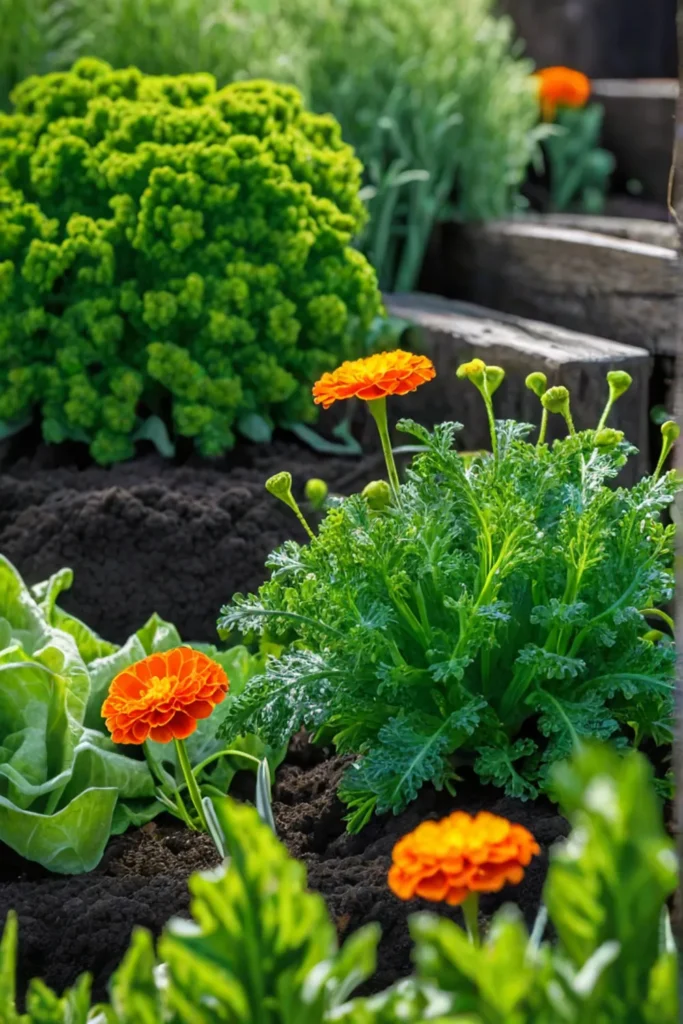
Cucumbers & Nasturtiums: Attracting Pollinators and Deterring Pests
These two make an unlikely but powerful team. Nasturtiums lure beneficial insects like pollinators to your garden while deterring pests like aphids and squash bugs with their strong scent. Meanwhile, cucumbers benefit from the pollination services and pest protection provided by their nasturtium neighbors.
Beans & Corn: The Classic Three Sisters Synergy
Drawing from ancient Native American wisdom, this trio is a shining example of companion planting at its finest. The corn provides a natural trellis for the climbing beans, while the beans fix nitrogen in the soil to feed the nutrient-hungry corn. The sprawling squash or pumpkin vines act as a living mulch, suppressing weeds and preserving moisture.

Cabbage & Dill: Protecting Crops from Cabbage Worms
If you’ve ever battled those pesky cabbage worms, you’ll appreciate this dynamic duo. Planting dill alongside your cabbage family crops can help deter the destructive diamondback moth, whose larvae are the dreaded cabbage worms. The dill’s strong scent confuses the moths, making it harder for them to locate your precious crops.
Peppers & Marigolds: Boosting Growth and Repelling Nematodes
These vibrant partners bring both beauty and brawn to your garden. Marigolds release a natural substance that disrupts the lifecycle of harmful root-knot nematodes, protecting your pepper plants’ roots. At the same time, the marigolds’ bright blooms attract pollinators to help increase your pepper yield.

With these dynamic duos in your arsenal, you’re well on your way to a bountiful, resilient garden that practically takes care of itself. But why stop there? The world of companion planting is vast and full of exciting possibilities to explore.
In the next section, we’ll dive into advanced companion planting strategies that will take your garden to the next level, from strategic spacing to creating self-sustaining polycultures.
Beyond the Basics: Advanced Companion Planting Strategies
Ever feel like your garden buddies aren’t living up to their full potential? While the classic tomato-basil combo is a total power couple, there’s so much more we can unlock by taking a deeper dive into the intricate world of companion planting.
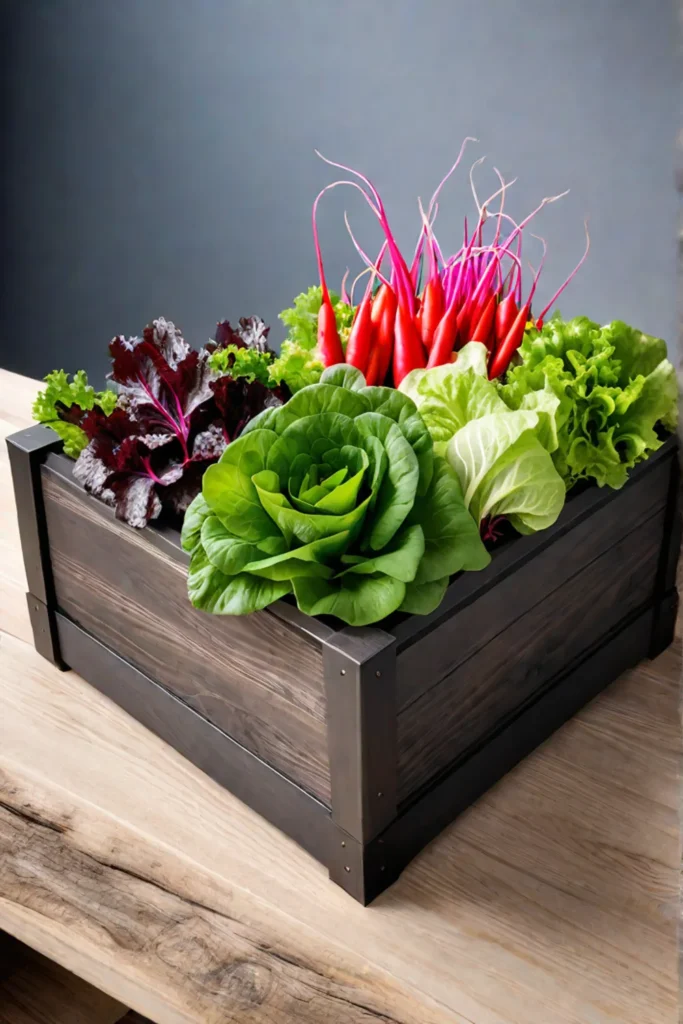
The Role of Plant Families in Companion Planting
Here’s an insider tip: Plants within the same botanical families tend to have very similar needs and vulnerabilities. Group members of the nightshade family like tomatoes, peppers, and eggplants together, and you’re essentially laying out a smorgasbord for pests and diseases. The solution? Mix it up! Integrate plants from different families to confuse and deter the bad guys.
Utilizing Companion Plants to Enhance Soil Fertility
We all know healthy soil is the foundation for a thriving garden. But did you know certain plants can help build better soil? Legumes like beans, peas, and clover have nodules on their roots that fix nitrogen from the air into the ground. Planting these nutrient-boosters near hungry crops gives them a healthy kick of fertilizer straight from Mother Nature’s pantry.
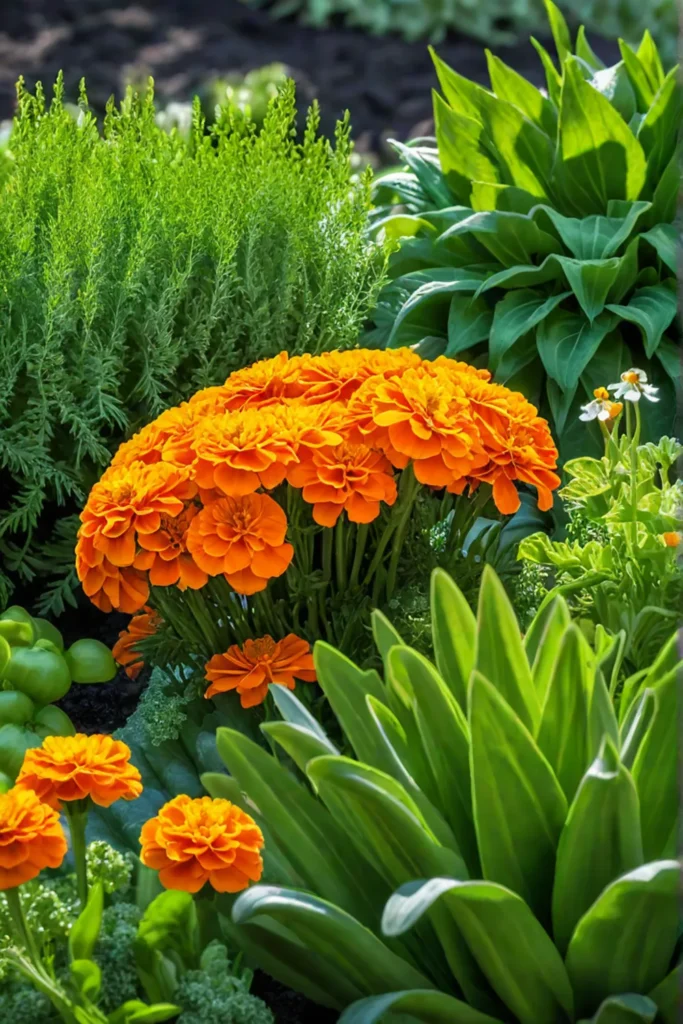
Attracting the Good Guys with Companion Planting
Speaking of getting a little help from our friends, certain plant pairings can summon beneficial insects to join your garden’s ecosystem. Dill, fennel, and coriander pull double duty by luring in lacewings and ladybugs that devour aphids and other pests. Talk about an all-natural pest control squad!
With a little know-how on plant relationships and some creative combinations, you can elevate your garden from just getting by to an interconnected, self-sustaining paradise. Ready to take your green thumb to pro status? The next section covers some common pitfalls to avoid on your companion planting journey.
Avoiding Common Companion Planting Mistakes
Ever feel like your meticulously planned companion pairings just aren’t vibing? You’re not alone – even the greenest thumbs can stumble when playing garden matchmaker. But don’t stress, my plant-based pals! A few rookie missteps are all part of the journey to companion planting mastery.
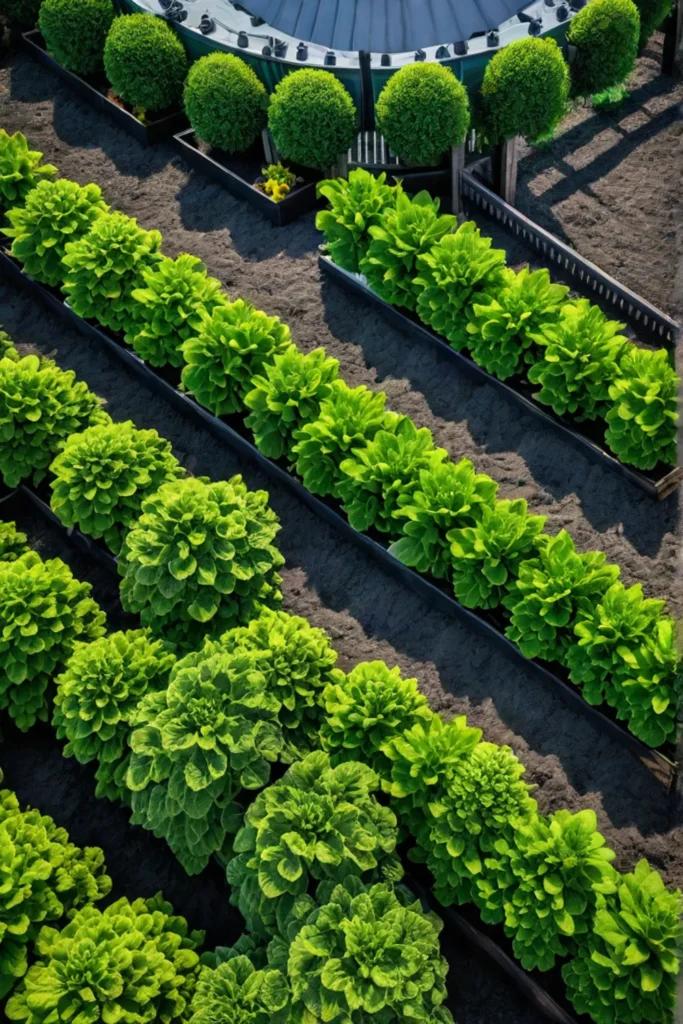
Plants That Don’t Play Well Together: Incompatible Pairings to Avoid
While certain plants are a match made in Garden Heaven, others are like that toxic ex you can’t seem to shake. Take fennel, for example – this pungent bulb is notoriously bad at sharing the soil, inhibiting growth for lots of its neighbors. Speaking from experience, keeping fennel far away from your other crops is a total must.
Timing is Everything: Understanding Planting Time and Spacing
Even with compatible besties, poor timing can quickly turn that botanical bromance into a battle royale. Overcrowding is a major no-no, as it leads to unhealthy competition for precious resources like water, nutrients, and sunlight. Do your research on each plant’s mature size and seasonal timeline to avoid a garden grudge match.
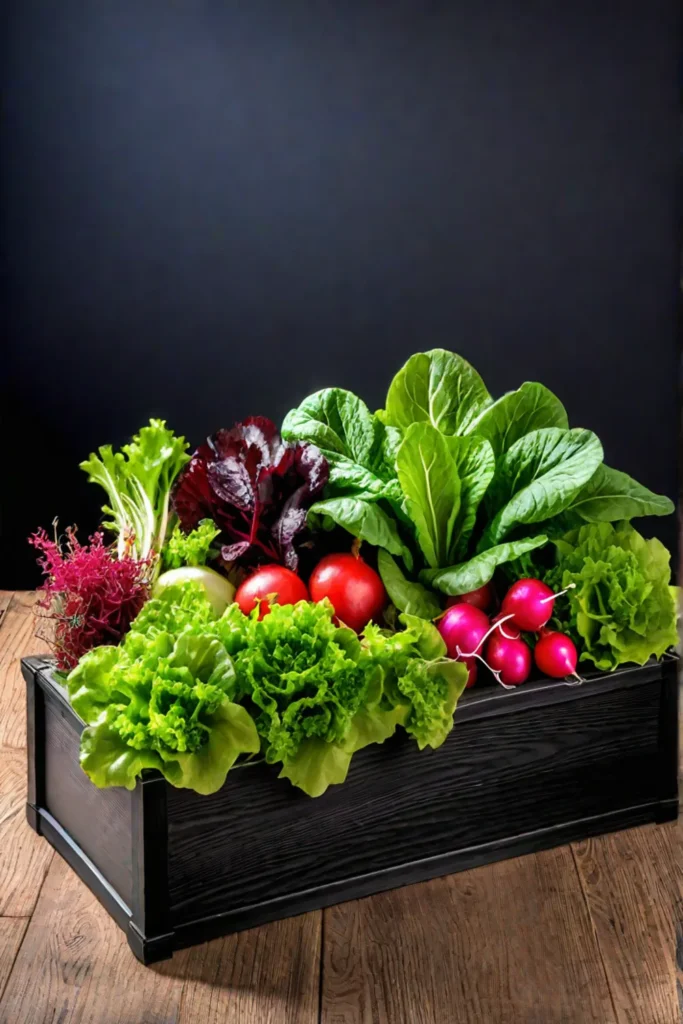
Pest Patrol: Eco-Friendly Alternatives When Plants Clash
In cases where plants just won’t cooperate (I’m looking at you, tomatoes and potatoes), don’t fret! There are plenty of sustainable ways to manage pests and diseases without harsh chemicals. Explore natural deterrents like neem oil, companion flowers that attract beneficial insects, or physically removing infected plant matter.
No matter your green thumb status, a few hiccups are inevitable when experimenting with companion planting. But a little mindful planning can go a long way in avoiding major garden drama. Stay flexible, do your homework, and enjoy the journey! After all, where’s the fun in a perfectly well-behaved garden?
Ready to take your companion planting prowess to new heights? Let’s dive into some inspiring resources that’ll have you channeling your inner plant whisperer.
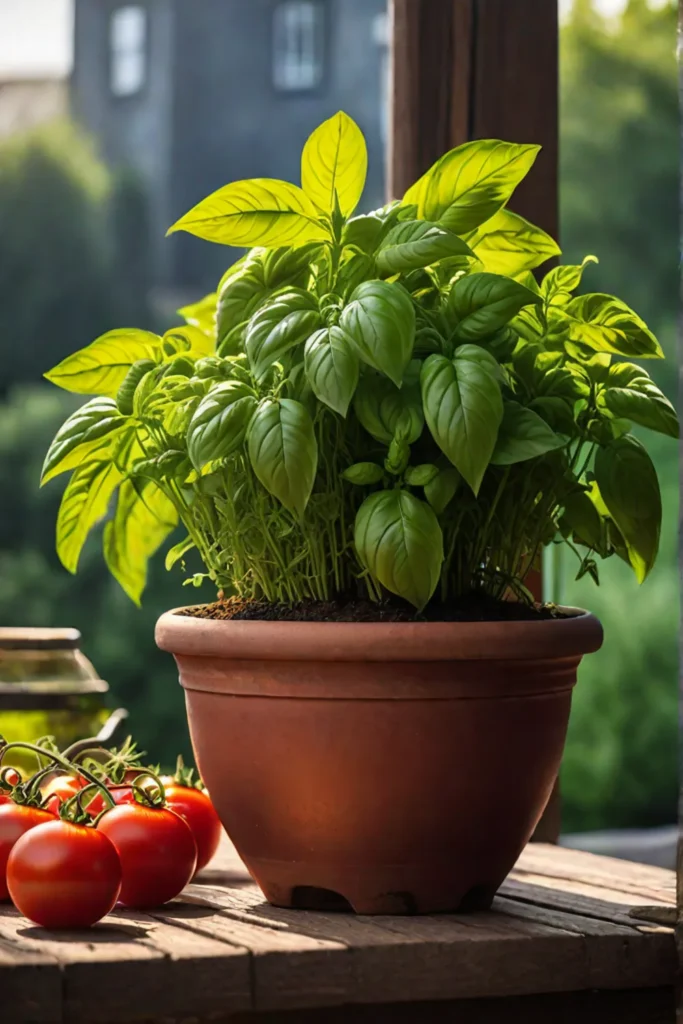
Resources and Inspiration: Taking Your Companion Planting to the Next Level
Have you caught the companion planting bug yet? Once you start experimenting with these plant BFFs and see the magic they can create in your garden, I guarantee you’ll be hooked! But don’t worry, there’s an entire world of resources to fuel your new gardening obsession.
Books and Websites for In-Depth Companion Planting Knowledge
For the book lovers out there, some top recommendations are the classic “Carrots Love Tomatoes” by Louise Riotte and “Plant Partners” by Jessica Walliser. These in-depth guides will teach you the science behind why certain plants thrive together. You’ll also find tons of specific pairing suggestions to try.

If you prefer digital exploration, sites like The Old Farmer’s Almanac and Mother Earth News have fantastic companion planting databases. Get lost down the research rabbit hole learning about the fascinating relationships between plants!
Interactive Tools and Apps for Planning Your Companion Garden
Let’s make planning your dream companion garden a breeze. So many cool tools exist now to simplify the process. Online companion planting calculators can suggest ideal pairings customized for your region and garden conditions.
Or map out your whole planting scheme visually using a garden planner app. I’m obsessed with the satisfying drag-and-drop garden building! Having a digital blueprint makes it easy to rearrange plants until you achieve the perfect layout.
Sharing is Caring: Crowdsourcing Companion Planting Wisdom
Don’t be afraid to tap into community knowledge as well. See if there are any local gardening clubs you can join to swap stories and advice. Online gardening forums are another fantastic way to learn from green thumbs around the globe.
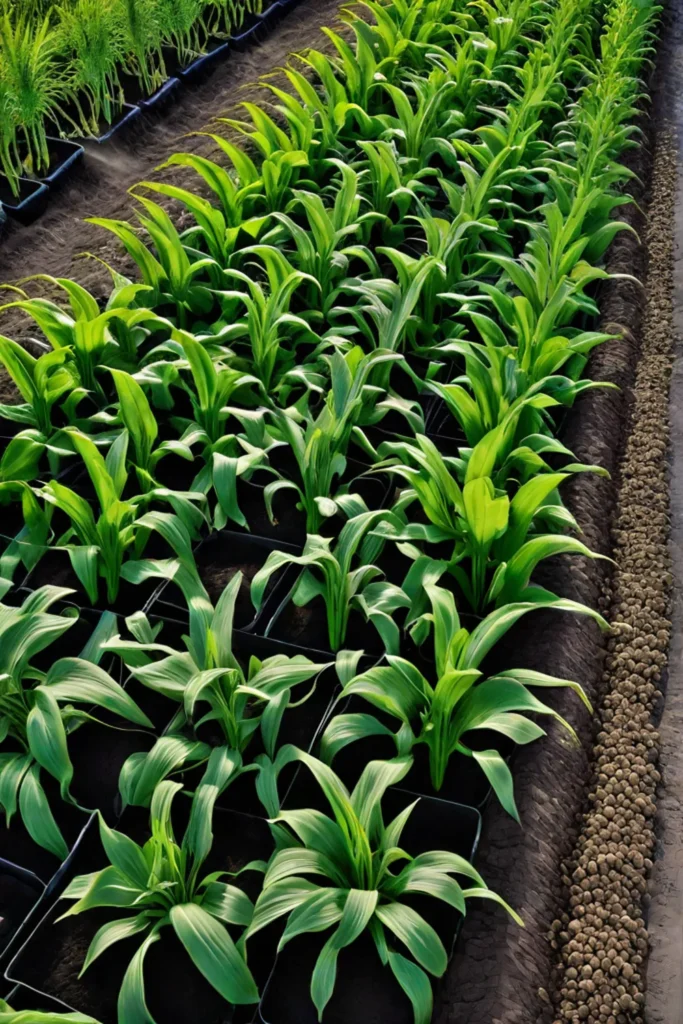
And who knows, you may even want to contribute your companion planting discoveries! Crowdsourced citizen science projects could use data from backyard gardeners to better understand the intricate web of relationships in our ecosystems.
The learning never stops when it comes to companion planting. But trust me, that’s half the fun! Embracing curiosity and experimentation is the key to unlocking your garden’s full potential.
Wrapping Up
There you have it, plant pals – the ultimate guide to unleashing the full potential of your garden through the power of companion planting. Whether you’re just getting started or ready to take your skills to pro status, embracing these plant BFFs is a surefire way to cultivate an abundant, resilient harvest.
But the journey doesn’t stop there! Stay curious, keep experimenting, and don’t be afraid to crowdsource wisdom from your fellow green thumbs. Who knows, you may just uncover the next game-changing plant partnership.
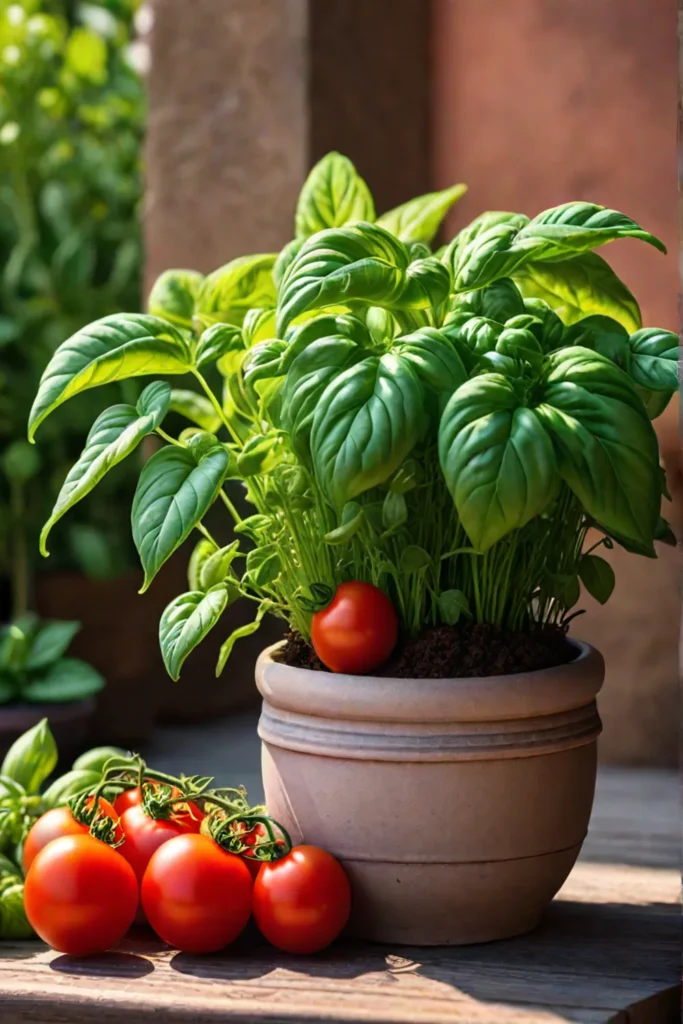
So go ahead and get those creative juices flowing. Design a botanical masterpiece that lets plants do what they do best – thrive in a harmonious community. After all, a flourishing garden is nature’s ultimate work of art. Why not be the master sculptor?






